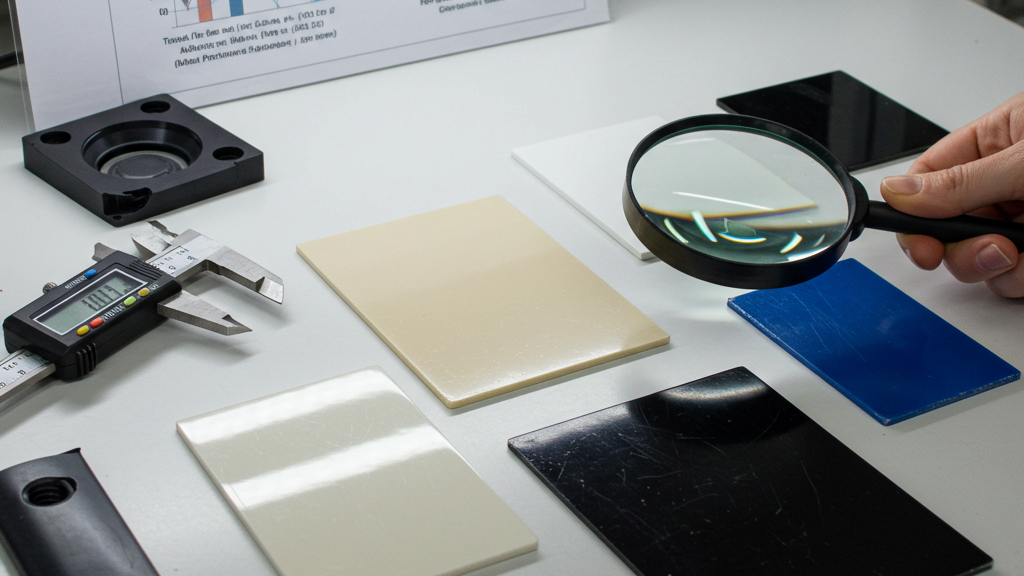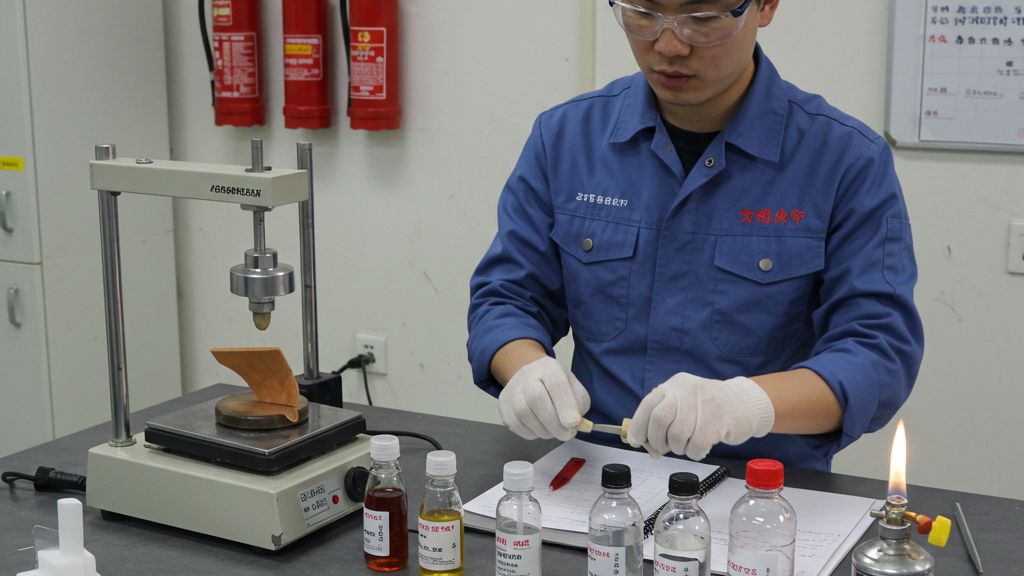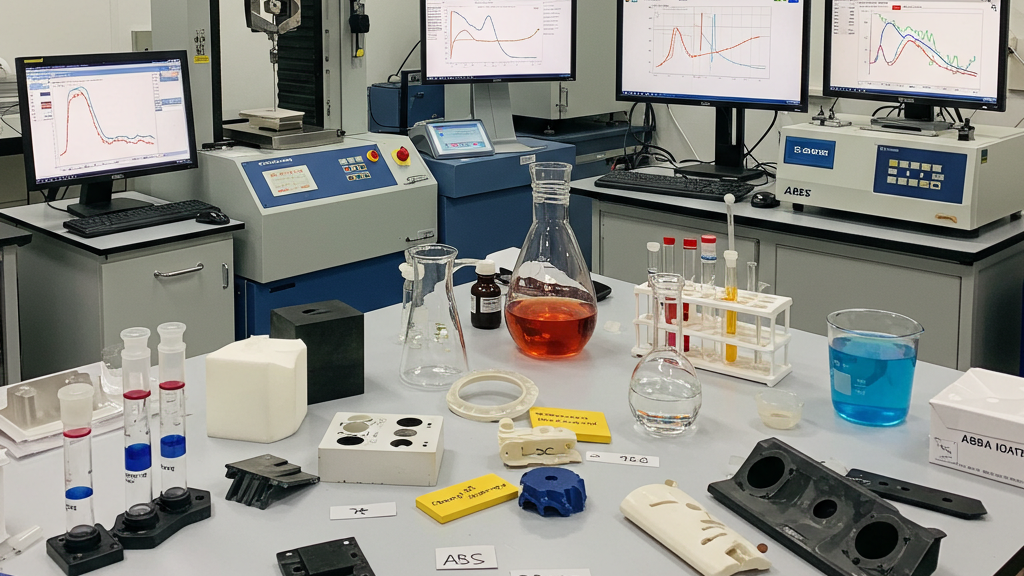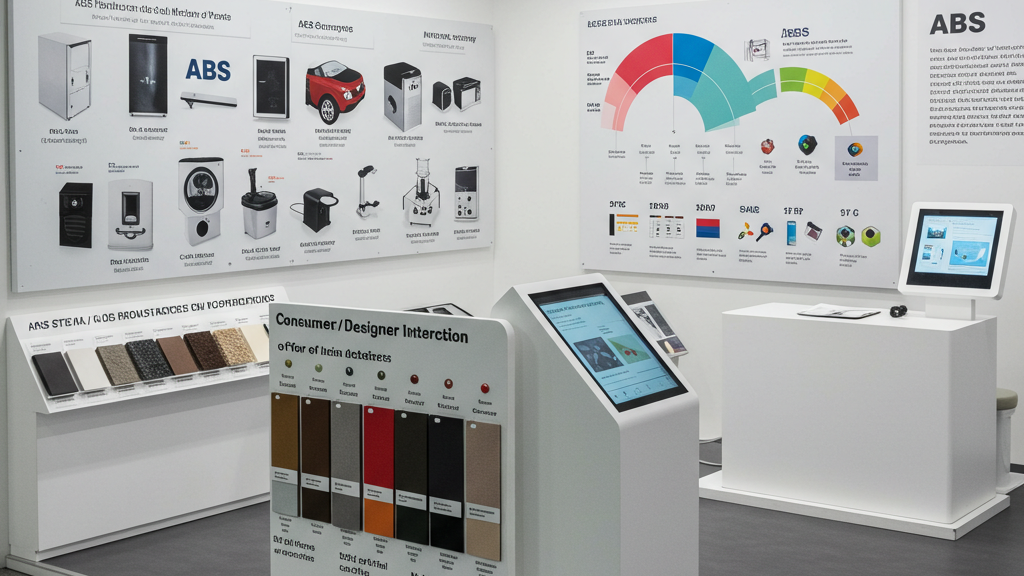
ABS material is widely used, but the quality varies greatly. Consumers and businesses alike are concerned about how to distinguish between good and bad quality. This article will provide practical methods for judging from three aspects: appearance, performance, and environmental protection.
Appearance is an important basis for initial judgment of the quality of ABS material. However, appearance alone cannot fully evaluate the intrinsic quality of the material. Therefore, we need to have an in-depth understanding of the performance indicators of ABS material.
How to Judge the Quality of ABS Material by Observation?

High-quality ABS material often reveals fine craftsmanship and strict quality control through its appearance. Learning to observe the appearance characteristics of ABS material is the first step in judging its quality.
- Gloss: High-quality ABS material should have a uniform and natural gloss.
- Color Uniformity: Uniform color distribution, without color differences or discoloration, is a sign of high quality.
- Surface Flatness: The surface should be smooth and flat, free of scratches, bumps, or impurities.
- Impurities and Cracks: The material’s surface and edges should be free of impurities, air bubbles, or cracks.
Which Indicators of ABS Material are Key to Judging its Quality?

Besides “appearance,” the “strength” of ABS material is equally important. Strength, toughness, heat resistance, chemical resistance…these performance indicators determine the applicable scope and service life of ABS material, and are the key to judging its quality.
- Heat Resistance: High-quality ABS material can maintain its shape and properties at high temperatures.
- Chemical Resistance: High-quality ABS material can resist corrosion from chemical substances.
- Flowability: High-quality ABS material is easy to process and shape in a molten state.
- Shrinkage Rate: High-quality ABS material has a low and stable shrinkage rate, ensuring dimensional accuracy.
How to Simply Verify the Performance of ABS Material?

Performance is the touchstone of ABS material quality, and verifying performance does not necessarily require complex professional testing. Through some simple daily methods, we can also initially understand the “strength” of ABS material, providing a reference for selecting high-quality materials.
- Strength Test: Through bending and impact tests, the ABS material’s resistance to fracture and impact can be preliminarily evaluated.
- Heat Resistance Test: Through heating tests, the deformation and melting of ABS material at high temperatures can be preliminarily evaluated.
- Chemical Resistance Test: Through solvent tests, the ABS material’s ability to resist chemical corrosion can be preliminarily evaluated.
- Burning Test: Through burning tests, it is possible to identify whether it is ABS material and initially understand its burning characteristics (requires careful operation).
Guide to quality evaluation and performance verification of ABS materials
|
Evaluation/Verification Item |
Evaluation/Verification Method |
Key Indicators |
Simple Test Methods |
Precautions |
| Appearance Quality | Observation | Glossiness, Color Uniformity, Surface Smoothness, Impurities and Cracks | Visual Inspection, Tactile Inspection | Sufficient Ambient Light, Careful Observation |
| Strength/Toughness | Bending/Impact Test | Impact Strength, Elongation at Break | Bending, Striking | Avoid Excessive Force, Observe Fracture |
| Heat Resistance | Heating Test | Heat Deflection Temperature | Hot Air Gun/Hair Dryer Heating | Control Temperature and Time, Avoid Overheating |
| Chemical Resistance | Solvent Test | Acid and Alkali Resistance, Solvent Resistance | Immersion in Common Solvents | Choose Appropriate Solvents, Wear Protective Gear |
Environmental Friendliness, Safety, and Physical Properties of ABS Material
Regarding environmental friendliness and safety, ABS material requires consideration of its impact on the environment and human health during production, use, and recycling. In terms of physical properties, ABS material is widely used for its good strength, toughness, and heat resistance, but it also has some limitations.
- Environmental Friendliness: The environmental friendliness of ABS material depends on its production and recycling processes. Environmentally friendly ABS and recycling can reduce the environmental burden.
- Safety: High-quality ABS complies with safety standards, but it may release harmful gases at high temperatures, and burning produces black smoke, so attention should be paid to ventilation and fire safety.
- Advantages of Physical Properties: ABS has excellent impact strength, toughness, heat resistance, and chemical resistance, and is easy to process and shape.
- Limitations of Physical Properties: ABS has poor weather resistance and is prone to aging. It can be corroded by strong chemical reagents, and its strength and wear resistance are not as good as those of specialty engineering plastics in extreme conditions.
Conclusion
In conclusion, understanding these characteristics of ABS material helps consumers and businesses better select and use this material, ensuring product quality and safety.
For expert assistance in implementing for your production needs, visit our resource center or contact us. Let’s help you scale up your manufacturing with precision and efficiency!
Post time: Mar-31-2025
